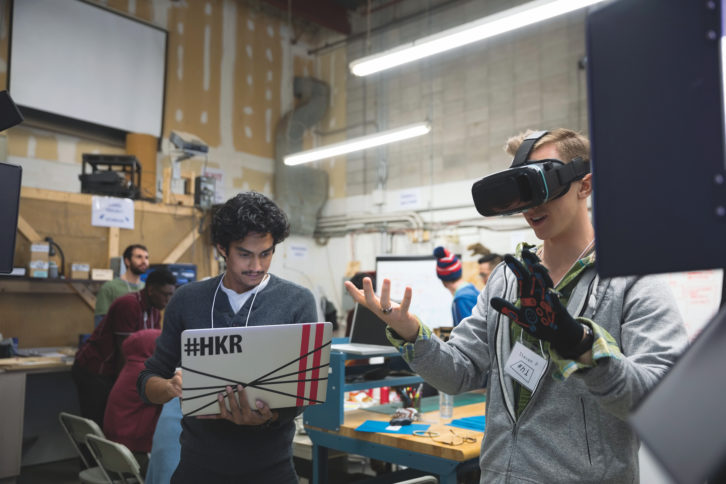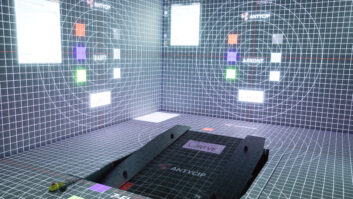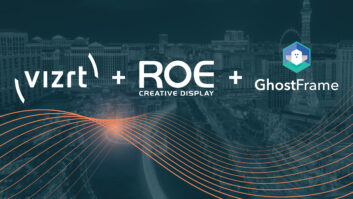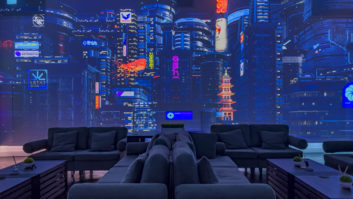
When Sony introduced its Walkman portable music player back in 1979, it was hard not to ask “Why?” It didn’t seem there was a growing groundswell of consumers whose most burning desire was to be able to take their copy of Tusk, Rust Never Sleeps or Regatta de Blanc with them wherever they went. If Sony ever undertook any market research that identified that a product like the Walkman would be a success, it wasn’t widely publicised. To all intents and purposes, the Walkman was a solution looking for a problem.
And that, for many, is the predominant response to XR (extended reality) technologies – the coverall term for the technologies (VR, AR, ER, MR) that blend, in different ways, the digital world with reality – when it comes to business applications. Sure, VR is a lot of fun (if you haven’t tried to lean on a virtual table and almost fallen over in the process, you haven’t lived) – and AR, in the form of Pokémon Go, was a huge hit. AR has also transformed sports broadcast. But: for the corporate world?
And yet… Visual Capitalist says the XR market for business applications will be worth $209 billion by 2022 – up from $27 billion in 2018. Somewhat more conservative is IDC’s latest Worldwide Augmented and Virtual Reality Spending Guide, which forecasts that global spending on augmented reality and virtual reality will reach $18.8 billion in 2020 – up 78.5%, compared to the $10.5 billion the company expects to have been spent in 2019. Significantly: according to IDC, close to two thirds of the spend will be by businesses.
Compelling evidence
Meanwhile, VR Intelligence – a network of senior level decision makers in virtual and augmented reality – finds what it says is compelling evidence that key players in the VR industry (think Oculus, HTC, NVIDIA) are shifting their attention away from the consumer market and towards the enterprise market.
James Manning Smith, a market analyst at Futuresource, thinks he knows at least one of the reasons why that may be happening. “Finding the sweet spot between price and quality of immersion, allowing consumers to affordably try out VR whilst offering the quality of experience that draws consumers into frequent usage, is still a barrier to mass take-up of XR technologies,” he believes. “With price a smaller barrier for B2B uptake, XR has found success in corporate training, design, aviation, medicine and education.”
Experiential design company Holovis has been actively using the whole suite of XR and emerging technologies in its solutions for entertainment. In the attractions market, for example, its XR solutions are being used to extend and enhance guest experiences by bringing an extra dimension, or by making immersive and interactive adventures possible where previously there wouldn’t have been space.
“Virtual reality is making it possible to bring the ultimate level of engagement and immersion to a guest – without the need for complex audiovisual setups”
Peter Cliff, Holovis
“Virtual reality is making it possible to bring the ultimate level of engagement and immersion to a guest – without the need for complex audiovisual setups,” explains the company’s creative director, Peter Cliff. “We can still combine immersive visuals, dynamically synced motion, surround audio, SFX including fans and air blasts and multi format interactivity to create multisensory, adrenaline-fuelled VR adventures.”
Recurring question
While visitor attractions are an important AV market – and, perhaps, an obvious one for the immersive and entertainment potential of XR – it’s a market served by relatively few specialist integrators. The recurring question is: does XR fit across a broader cross-section of AV applications? For Holovis, it does.
“For enterprise, we are using emerging technologies to bring data to life for review, allowing engineers to see, explore and test their creations without waiting for timely and expensive real models being built, and for manufacturers to check the accuracy of products coming off the line in real-time,” says Cliff. “For manufacturing, we have developed innovative applications of automated augmented reality combined with native CAD to check that real applications of sealant, anti-flutter and rivets are in the correct place. This results in an increased right first time ratio, reducing rework costs and creates a digital data trail. The data gathered from this can also be analysed using machine learning algorithms to aid future predictive maintenance.”
Engineering and manufacturing don’t readily represent themselves as markets served by the typical integrator, however – the exception being, perhaps, those focusing on visualisation and simulation. On the other hand: many organisations using meeting room systems, unified communications system, digital signage for employee communication and so on are indeed designing and building products. Is there an opportunity for integrators to broaden their solution set and capture a greater revenue stream from the customer?
www.futuresource-consulting.com
www.holovis.com







